Millions of dollars in the making, cars are huge undertakings in time, research, and manufacturing. Carmakers go to extreme lengths to ensure success.
However, come launch and sale time, all these Classic Cars were flops. Not for want of trying. In some cases, overzealous engineering increased production costs, which many gearheads balked at. Ironically, BMW’s near financially fatal 507 is worth millions of dollars today. But back in 1956, it tanked due to higher than-advertised costs. In a similar vein, the XJ220, a highly rated and much-publicized supercar of the ’90s tanked. Gearheads love the idea of a 220 mph Jaguar, if only it still had its promised V12 engine.
Flops come in all shapes and forms, often when the car industry least expects it. In the early ’90s, Dodge misread the need for a muscle car that gave us the stunning, but undersold Dodge Viper.
In a cruel twist of fate, these classics might have flopped, but today’s rarity makes them collectible, and expensive.
10/10 BMW 507 Roadster
As automotive flops go, the BMW 507 is a doozy. Designed with U.S. gearheads in mind for a suggested asking price of $5,000, the 507 had everything going for it. Stunning looks and a naturally aspirated V8 under the hood cranking out 150 hp. In theory, a world beater.
BMW’s engineers got to work refining the 507, improving the design with no regard for costs. By the time BMW had built the best car in the world, sales prices had more than doubled. As a result, the hoped-for 10,000 cars a year dwindled to 252 cars in total. BMW facing financial ruin ended production in 1960.
9/10 DeLorean DMC-12
In stark contrast to BMW’s woes, DeLorean promised buyers a car they couldn’t deliver. By the end of production, the DMC-12 shifted 9,000 cars, including replacements for faulty cars.
On looks alone, with those iconic gullwing doors, the DMC-12 was a crowd-pleaser even if it was a bit slow. Bad news for DeLorean, looks alone were not enough. Plagued by reliability issues DeLorean went bust in 1982 owing around $100 million.
8/10 Mercedes-Benz 300SL Gullwing
Another piece of German automotive perfection that wasn’t a big seller. Introduced in 1954 at the request of US-based Max Hoffman, the 300SL got off to a slow start. In its first year shifting 166 cars, quadrupling the next year, only to fizzle out until 1957.
The 300SL Roadster suffered a similar fate with 1957 being its best sale year before fading to a trickle. Under the hood of both cars, Mercedes M186 straight six engines pumped out 115 hp promising a top speed of 149 mph.
7/10 Porsche 968
All new, despite a familiar profile, Porsche’s 968 looked set to pick up the sports car baton from the 944. Sadly, gearheads were not ready for another cheap front-engined Porsche. While the 944 sold 170,000 cars, its successor died on its wheels selling 12,780 cars over five years.
Yet, the 968 was a more rewarding driver’s car. A revised 301 hp 3.0-liter engine powered Turbo S to 175 mph. Rarely does that level of performance come so cheap.
6/10 Lotus Elite Type 14
“Lotus Of Trouble, Usually Serious” is a common theme with Colin Chapman’s cars. In the Elite, that meant a revolutionary fiberglass monocoque chassis and body. Paired back build quality enabled Lotus to use smaller engines to considerable success.
Powered by a Coventry Climax 1.2-liter engine cranking out 75 hp, the Elite was untouchable over a flying lap. The downside is one of durability. Tales of weak rear suspension tarnished the Elite’s otherwise impeccable reputation. For a lack of metal in its build, the Elite flopped at 1,030 cars.
5/10 Daimler SP250
American ’50s-era styling set the tone for the SP250’s intended market. At first, sold as the Dart, later adopted the SP250 name reflecting the car’s 2.5-liter V8 engine. Small by U.S. muscle standards, the SP250 made up for a lack of cubic inches with a weight-saving body.
Had sales gone to plan in the first two years of production, Daimler would have broken even at 4,500 cars. But, a lack of interest in the SP250 along with strong competition from Jaguar saw sales fall well short. After five years, Daimler managed to sell 2,654 cars
4/10 Renault Alpine A610
Fancy a rear-engined sports car from the ’80s/’90s? Most will think of a Porsche 911. But, there is another equally capable choice in Renault’s Alpine A610 Turbo. This is a bit left field flying under the radar due to a lack of publicity. Despite being more secretive than James Bond, the A610 is a purebred sports car.
Slung out behind the rear axle, Alpine’s 2.5-liter turbocharged PRV6 punched out 247 hp and would top 165 mph. Yet, few gearheads bought one, and Renault didn’t appear concerned with low sales. By the time the French carmaker called time in 1995, sales stood at 818 cars.
3/10 Jensen FF
Before the Jensen FF, vehicles sporting four-wheel-drive belonged on a farm. Six years and 320 cars later, four-wheel-drive was still stuck in a field. The problem was, no one thought sending the Jensen’s 326 hp to all four corners was worthwhile.
Had the Jensen been a rally car, things might have turned out better. Power came from a 7.2-liter Chrysler V8 paired with a Ferguson Formula (FF) managing power delivery. Despite the innovative ideas, the FF through design issues wasn’t offered in the U.S.
2/10 1934 Chrysler Airflow
Ground-breaking innovation in car design doesn’t come more advanced than the Chrysler airflow. Six years in the making, this rare 1930s luxury car had technology that’s still relevant today. In place of a body-on-frame, the airflow used a unibody chassis/body form that was decades ahead of its rivals.
The body itself was designed and tested in a wind tunnel, similar to aviation production. Beneath the body, engines shifted forwards, as was the seating for better balance. By the end of 1934, Chrysler had to face reality, gearheads didn’t care for the car’s design. The following year, a revised model appeared wearing a more conventional body.
1/10 Studebaker Avanti
At its launch, the quirky-looking Studebaker Avanti boasted a world-beating top speed of 178 mph. In part due to a 240 hp 4.7-liter V8 set-up featuring a high-lift racing cam and four carburetors. But, it’s what you cannot see that made the vital difference. Stylized and formed from fiberglass, the Avanti weighed in at 3,095 lbs.
Initial plans for 20,000 cars per year looked plausible with a steady stream of advance orders. But, a string of quality issues delayed Avanti’s launch. During this time, huge numbers of customers lost interest and walked away. From the lofty aims of tens of thousands of cars, Studebaker only found 4,600 buyers.
Sources: The Avanti, Time, BMW, Jensen Car Club, SP250 Owners Club






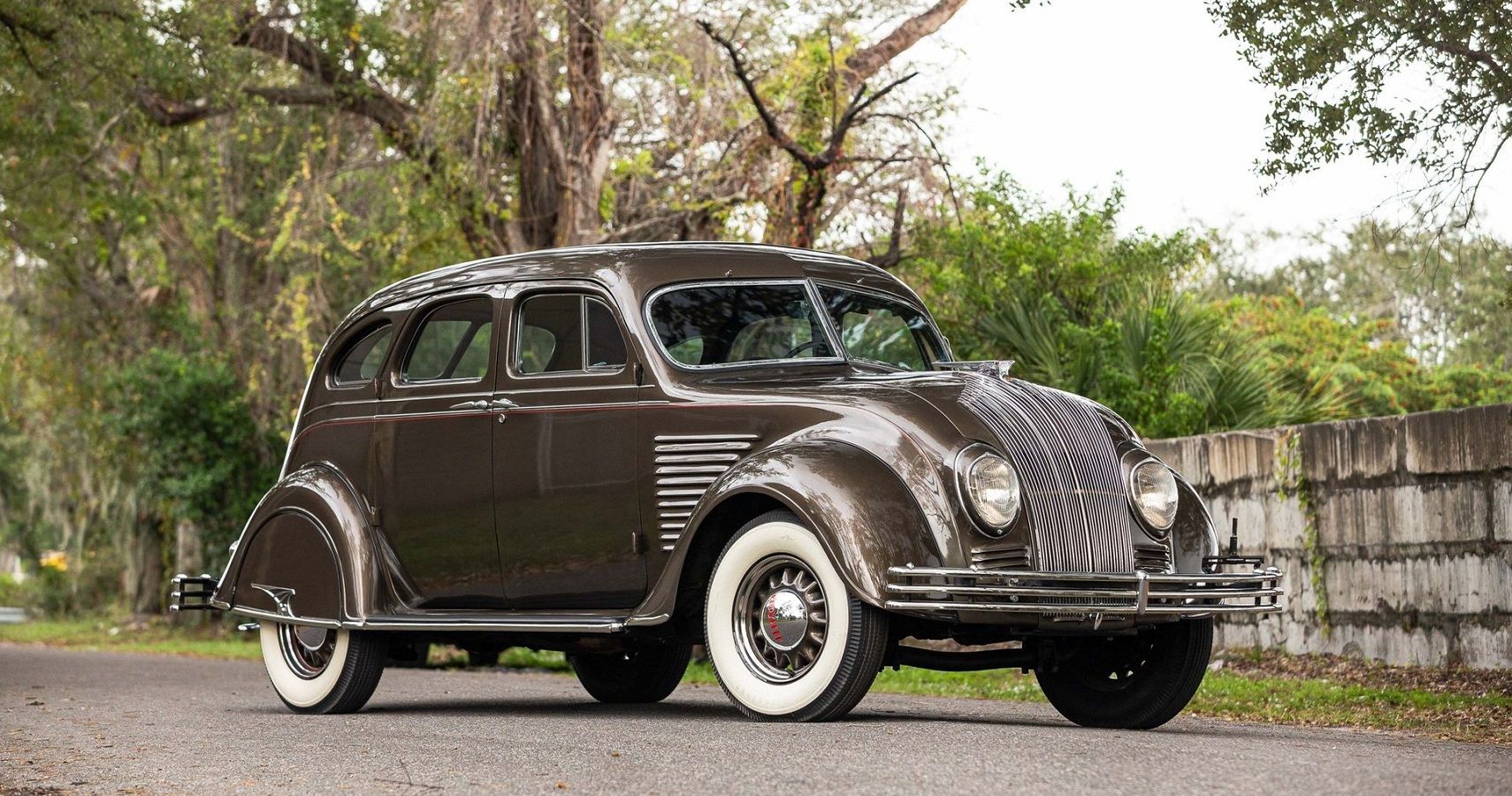

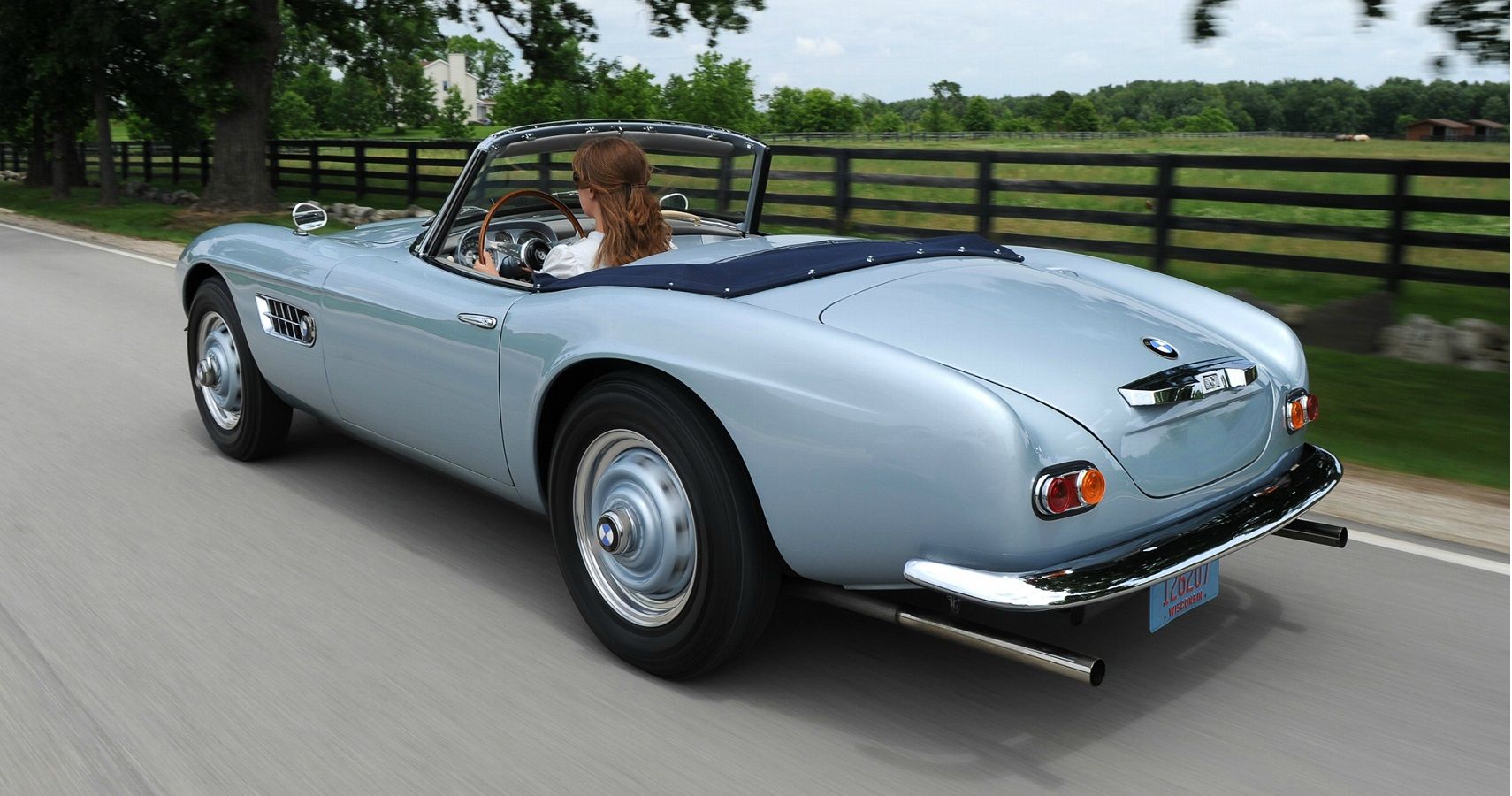
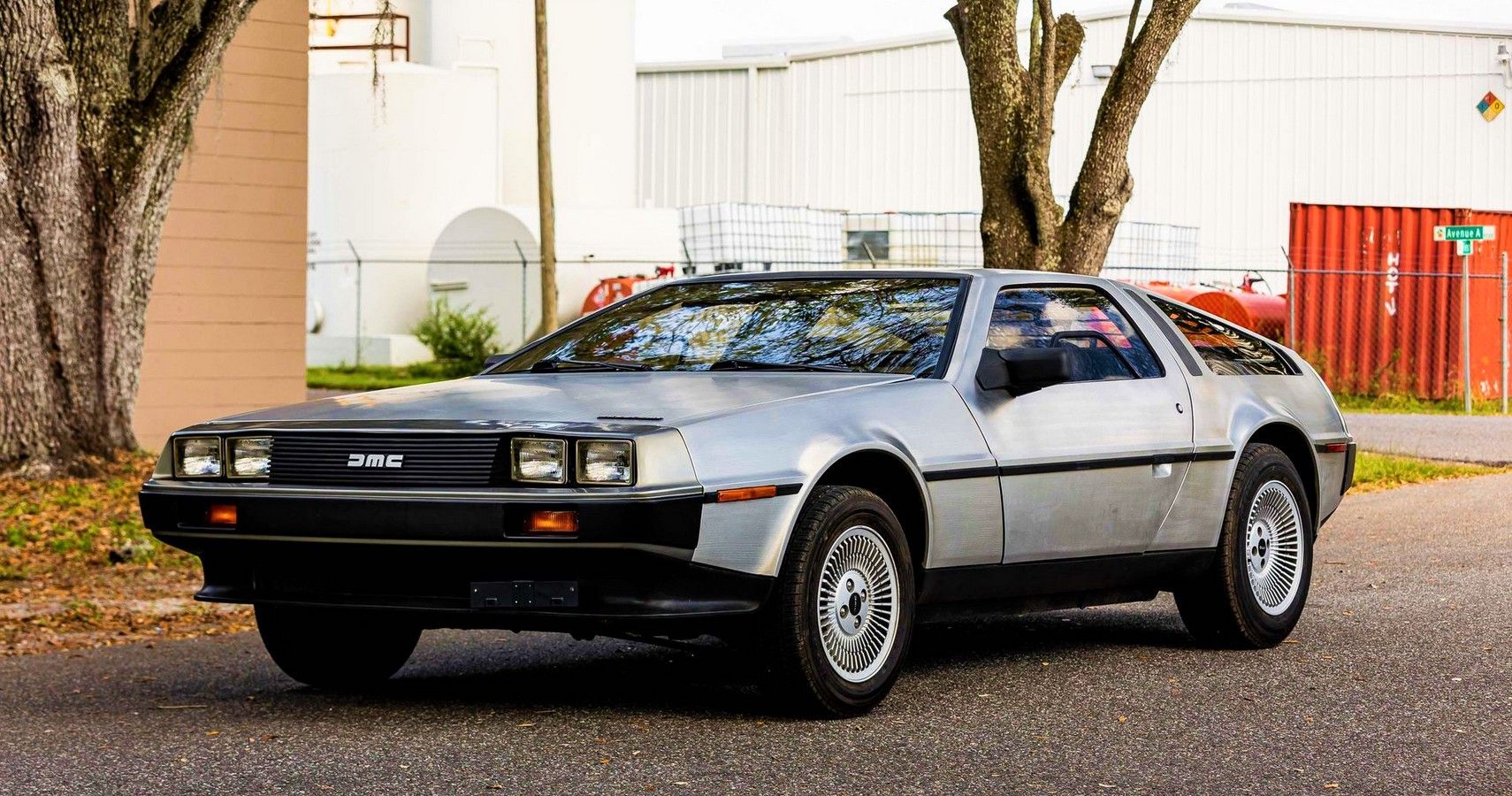
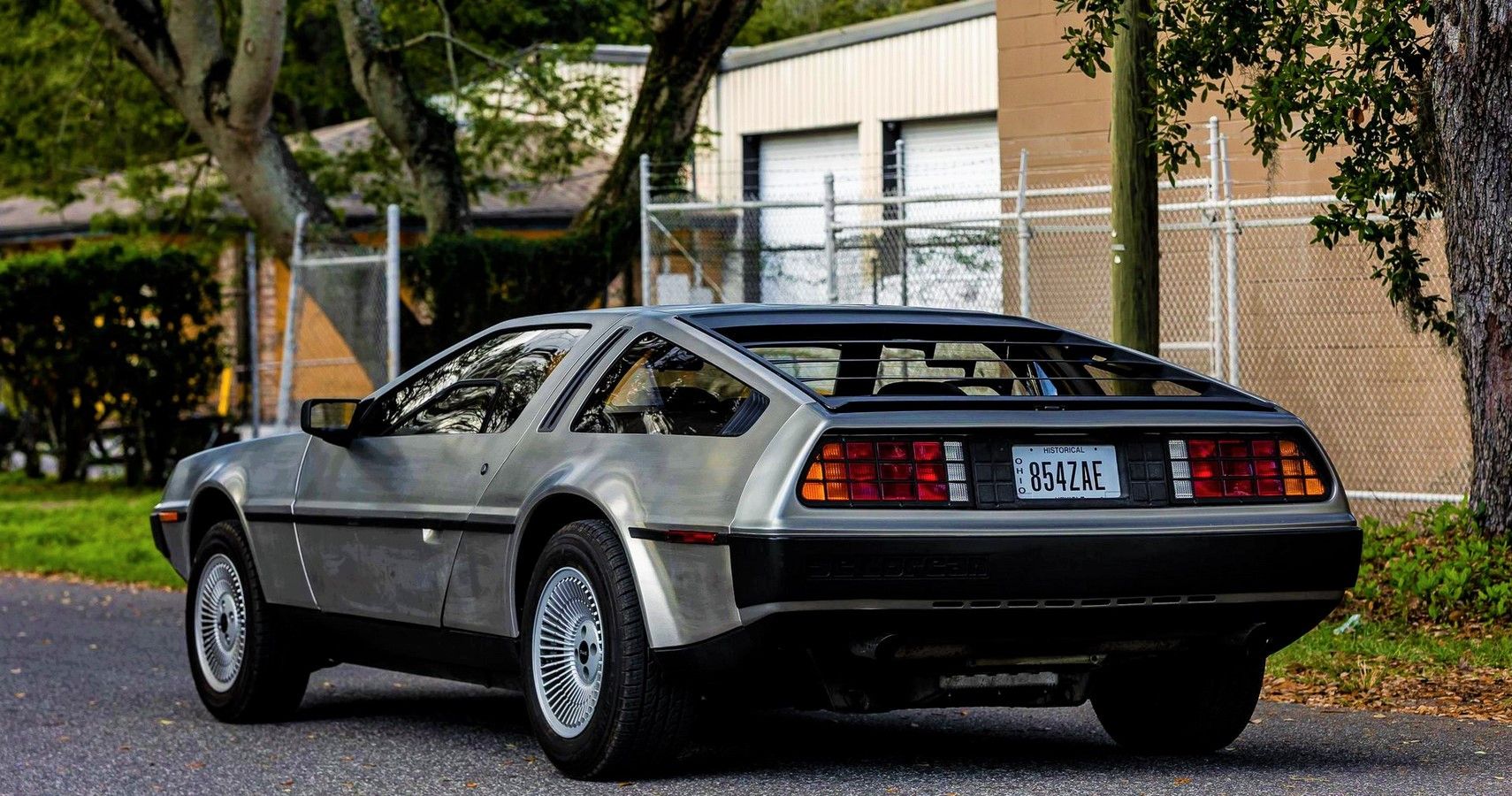
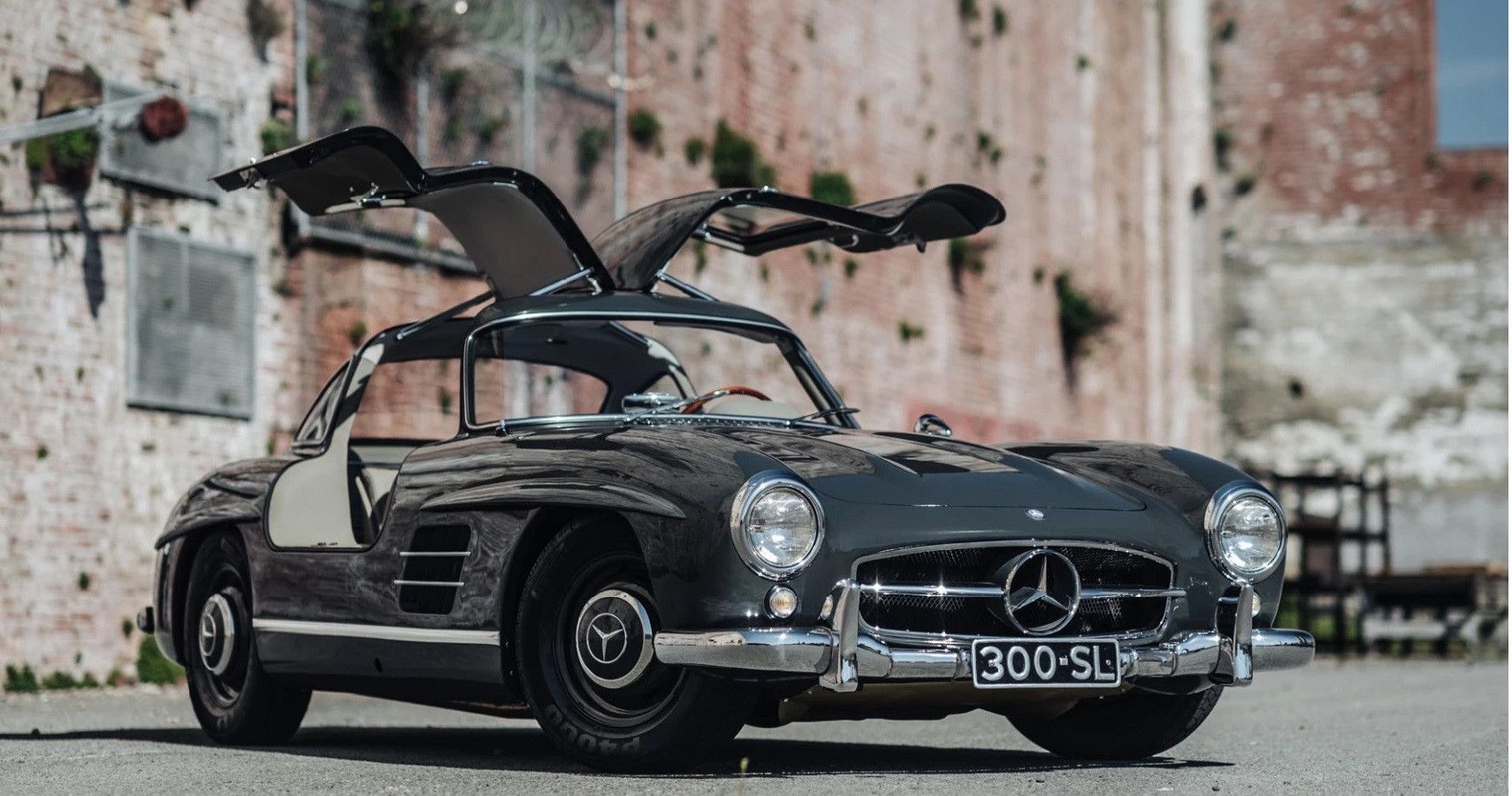
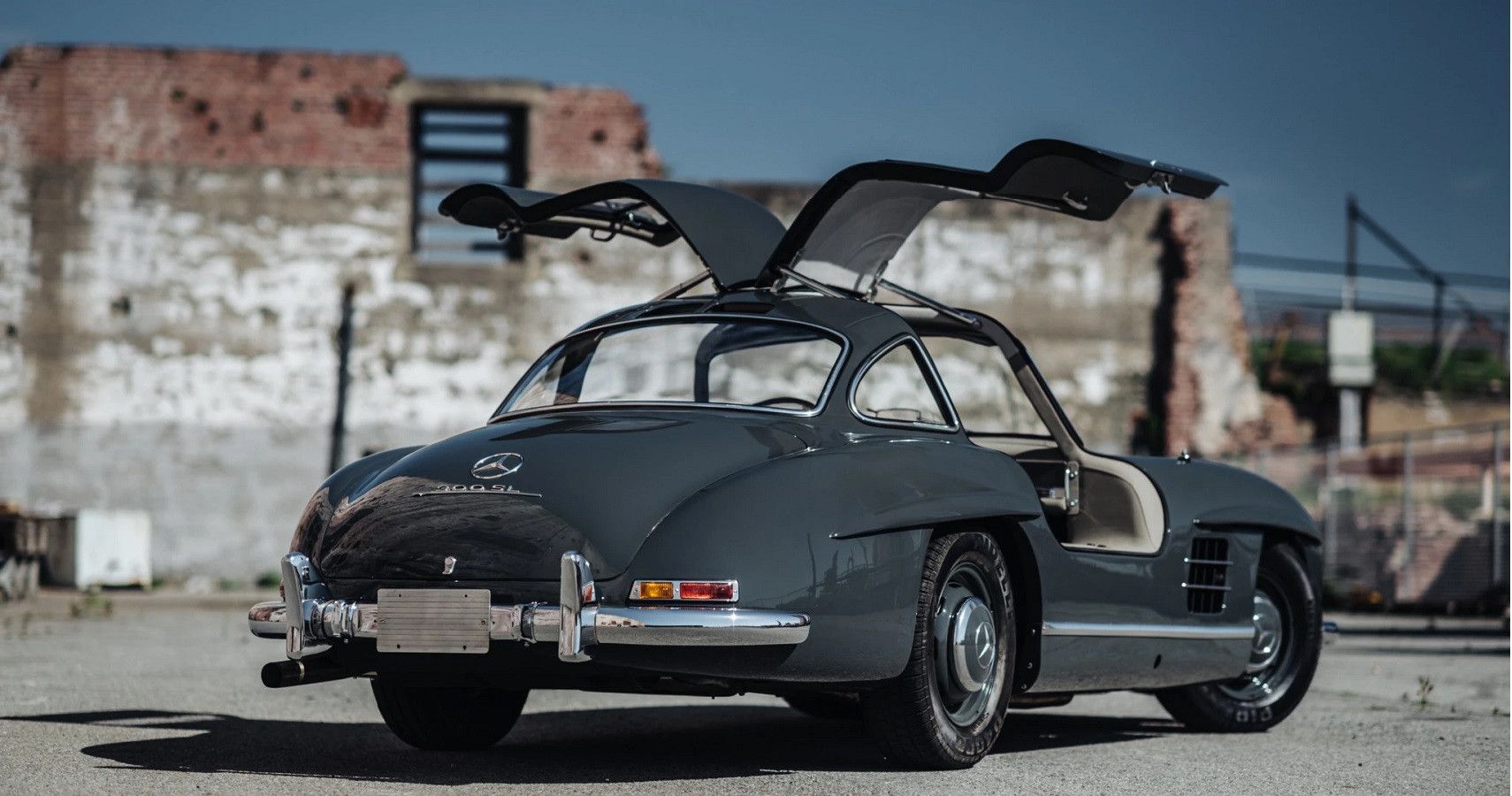

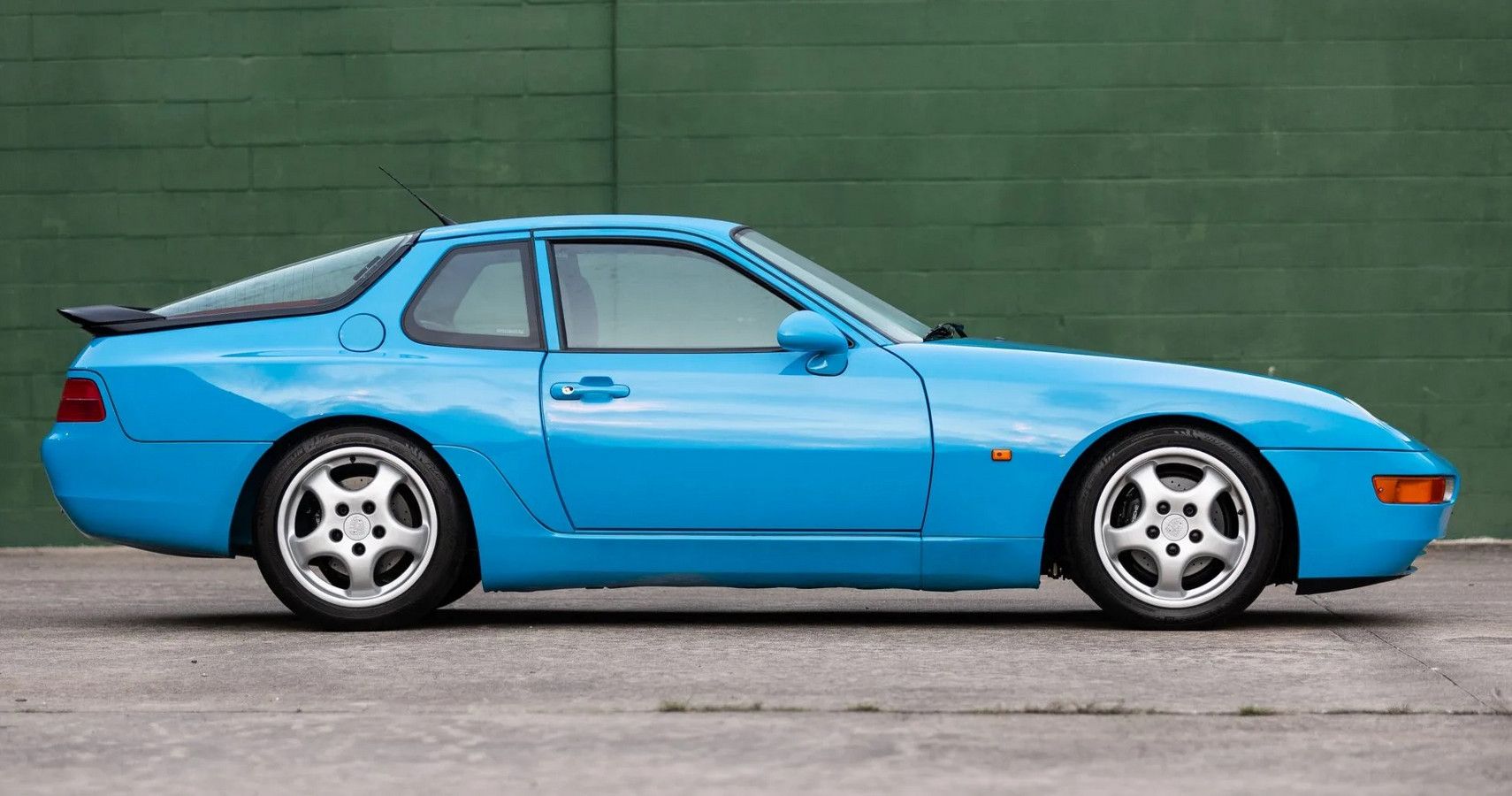

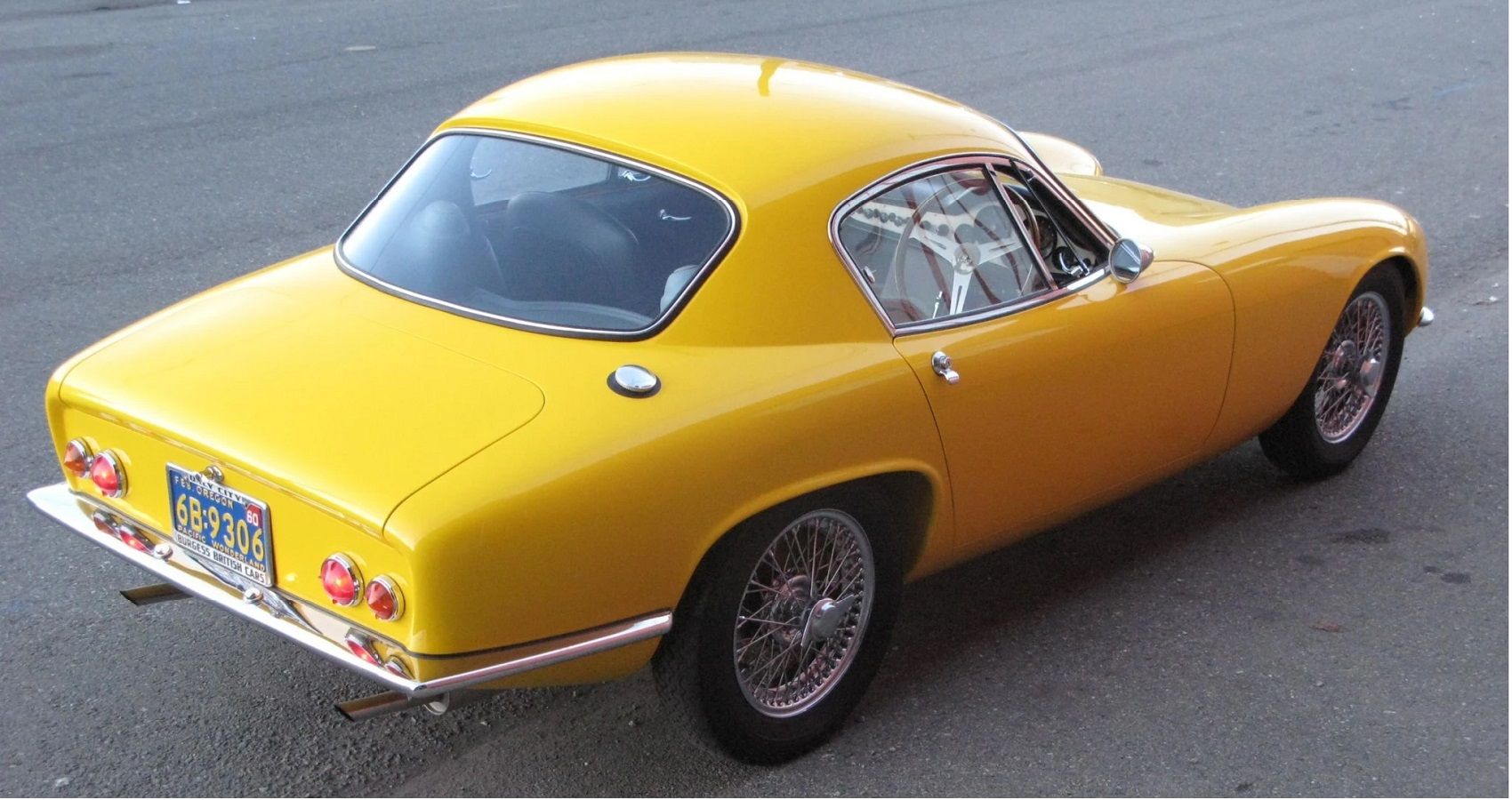




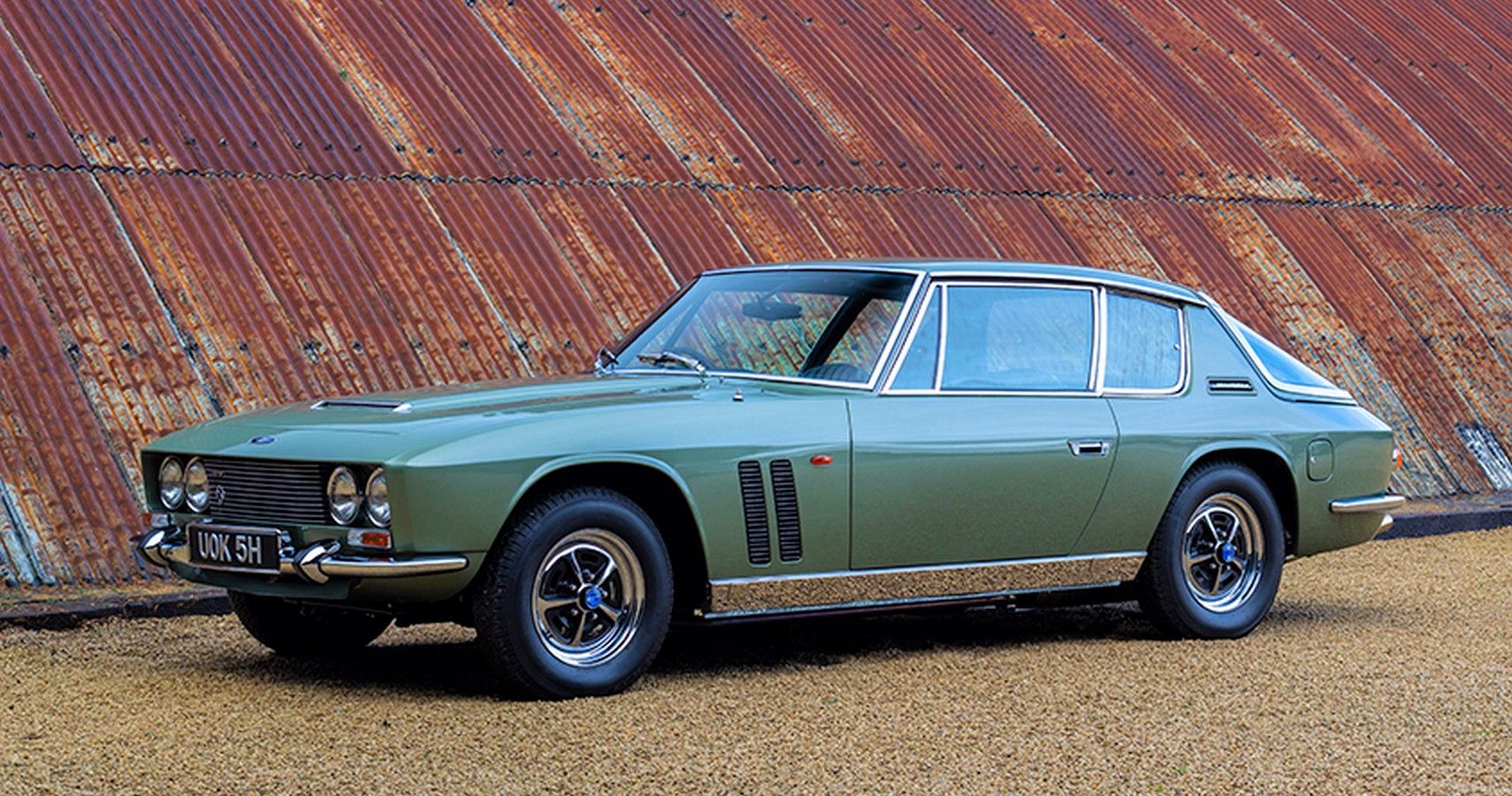
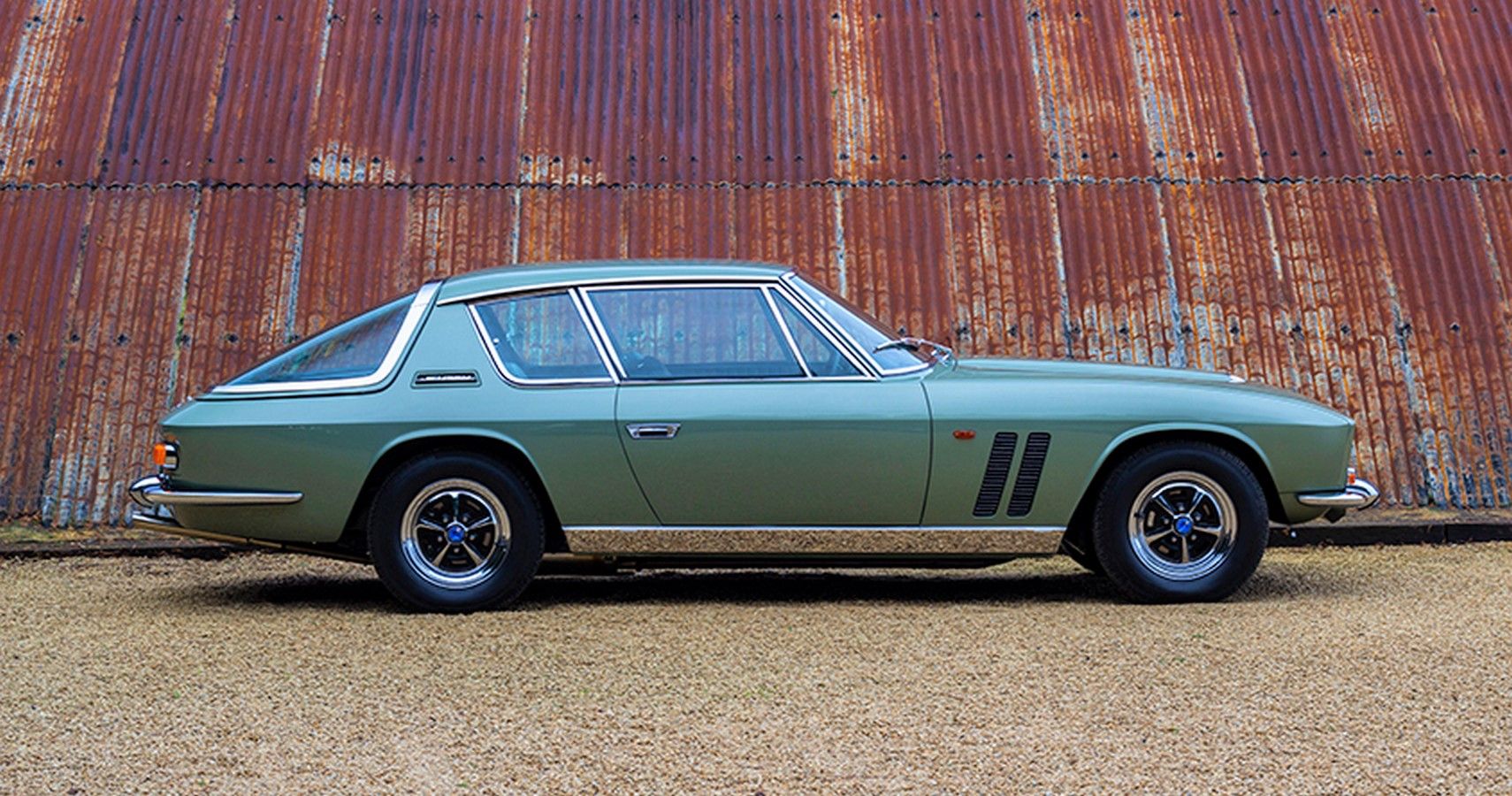

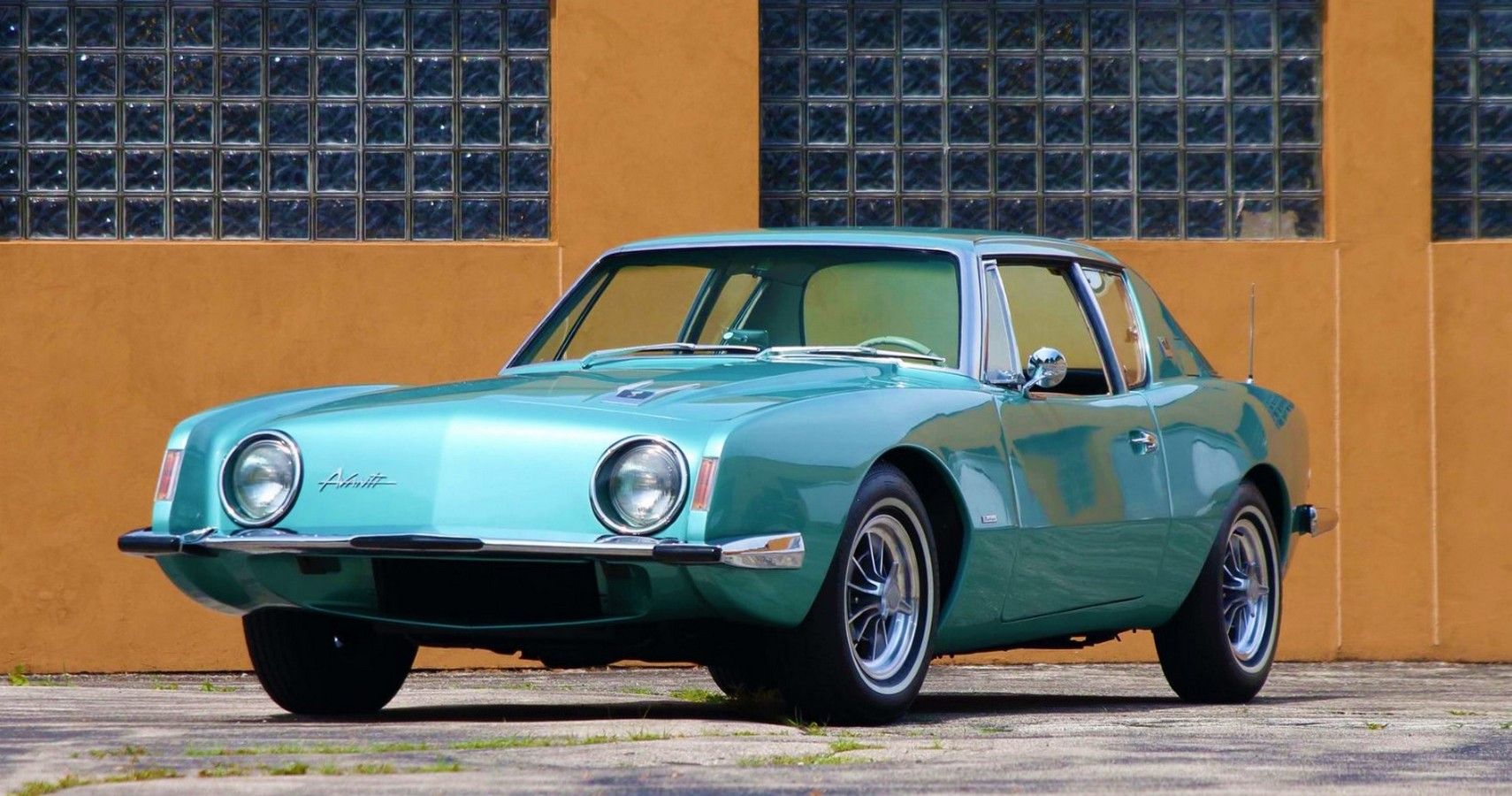

More Stories
Old Mustangs for Sale: Navigating the Allure of a Classic Ride
Vintage Mercedes: Unveiling Timeless Elegance and Engineering Mastery
Hemmings Classic Cars: Timeless Beauty on Four Wheels